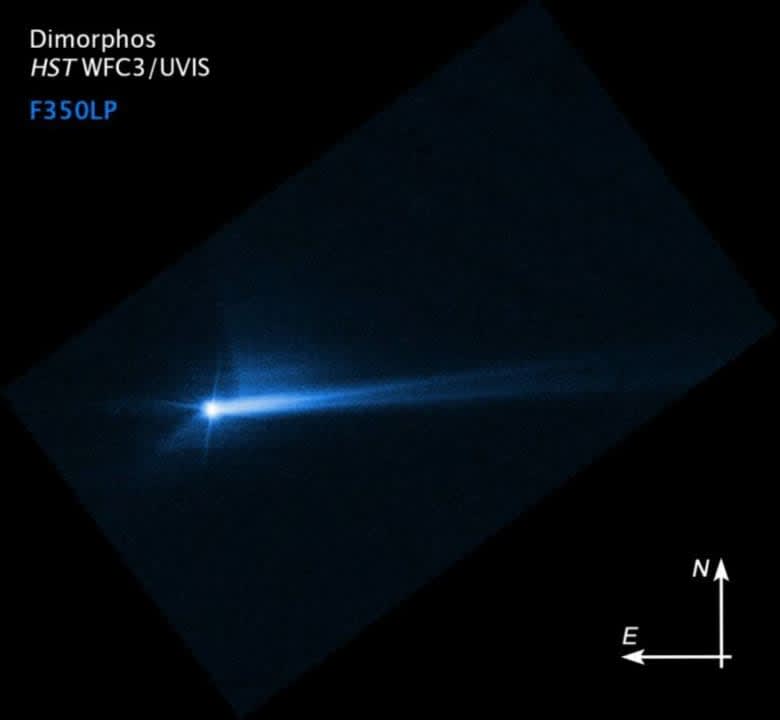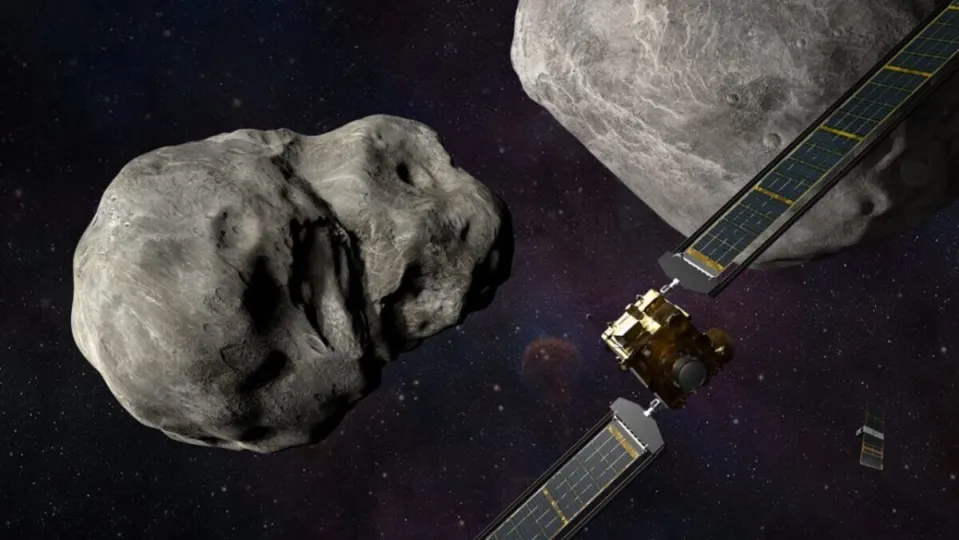On September 26, 2022, NASA deliberately crashed a spacecraft into an asteroid in order to divert its course and prevent a potential collision with Earth in the future. The spacecraft, named DART, weighed half a ton and impacted the asteroid Dimorphos at a speed of 22,500 kilometers per hour, slightly altering the trajectory of its orbit around the larger asteroid, Didymos.
Nearly a year later, a group of astronomers using the Hubble Space Telescope made a remarkable discovery – the impact of DART on the asteroid triggered an avalanche of 37 rocks, ranging in size from 1 to 6.7 meters in diameter, which are now following its path.
This discovery paves the way for further research into the effects of DART’s impact on upcoming space missions and could significantly enhance the efficiency and precision of such impacts. In fact, next year, the European Space Agency will launch the Hera mission, whose primary objective is to conduct a detailed study of the asteroid Dimorphos after the impact.

“It’s a spectacular observation, much better than I expected,” declared David Jewitt, a planetary scientist at the University of California (Los Angeles) who has been monitoring the DART impact through the Hubble telescope. “We see a cloud of rocks carrying mass and energy away from the impact target.”
“The number, size, and shape of the rocks match the fact that they were ejected from the surface of Dimorphos due to the impact. This is the first time we have witnessed what happens when an asteroid is impacted, and we observe material being ejected up to the largest sizes. These rocks represent some of the smallest objects ever seen within our solar system,” Jewitt stated.
Indeed, while there are currently no potential risks of an asteroid colliding with Earth in at least a millennium, space is known to occasionally present surprises. The findings of these investigations would contribute to the development of a system that could divert the trajectory of asteroids without causing harm to Earth.
Some of the links added in the article are part of affiliate campaigns and may represent benefits for Softonic.


